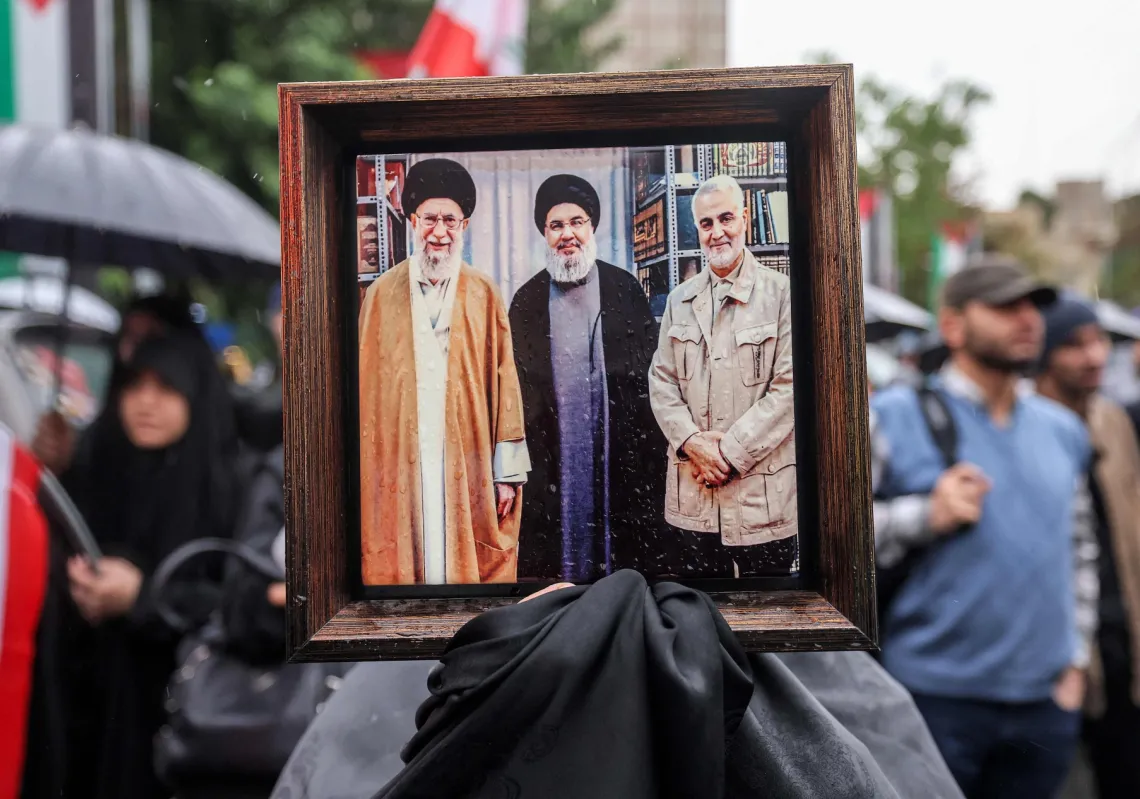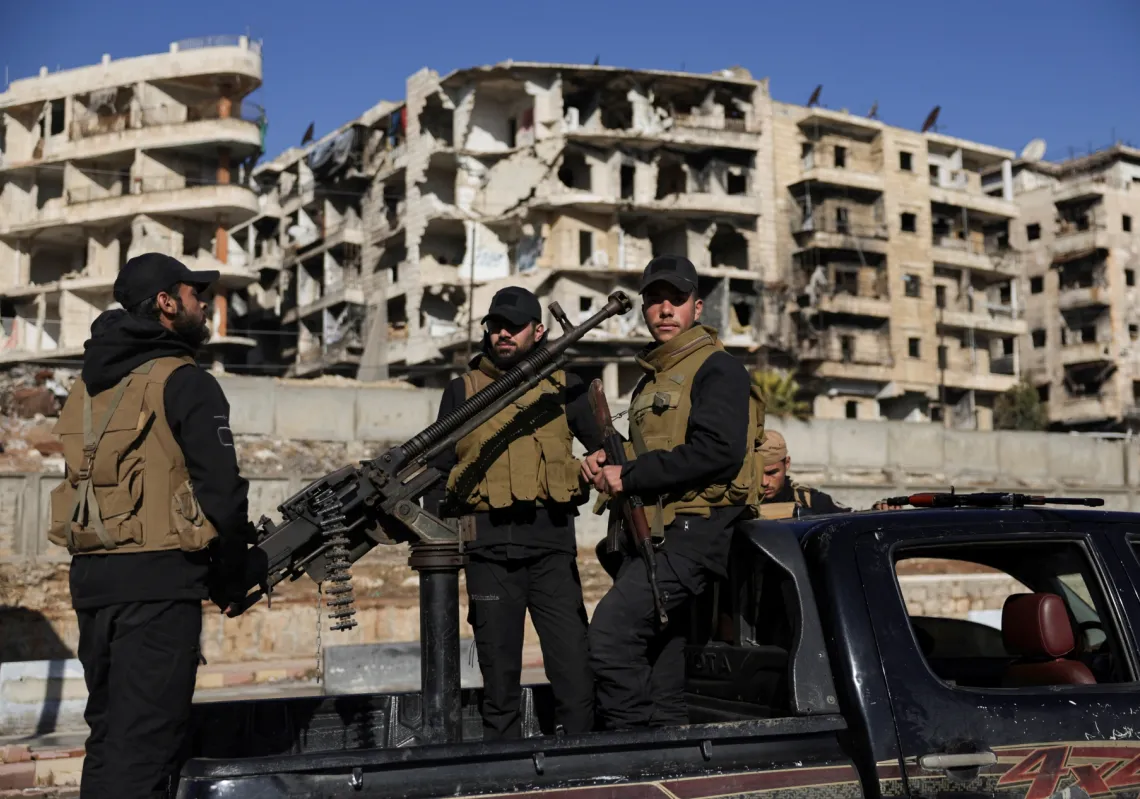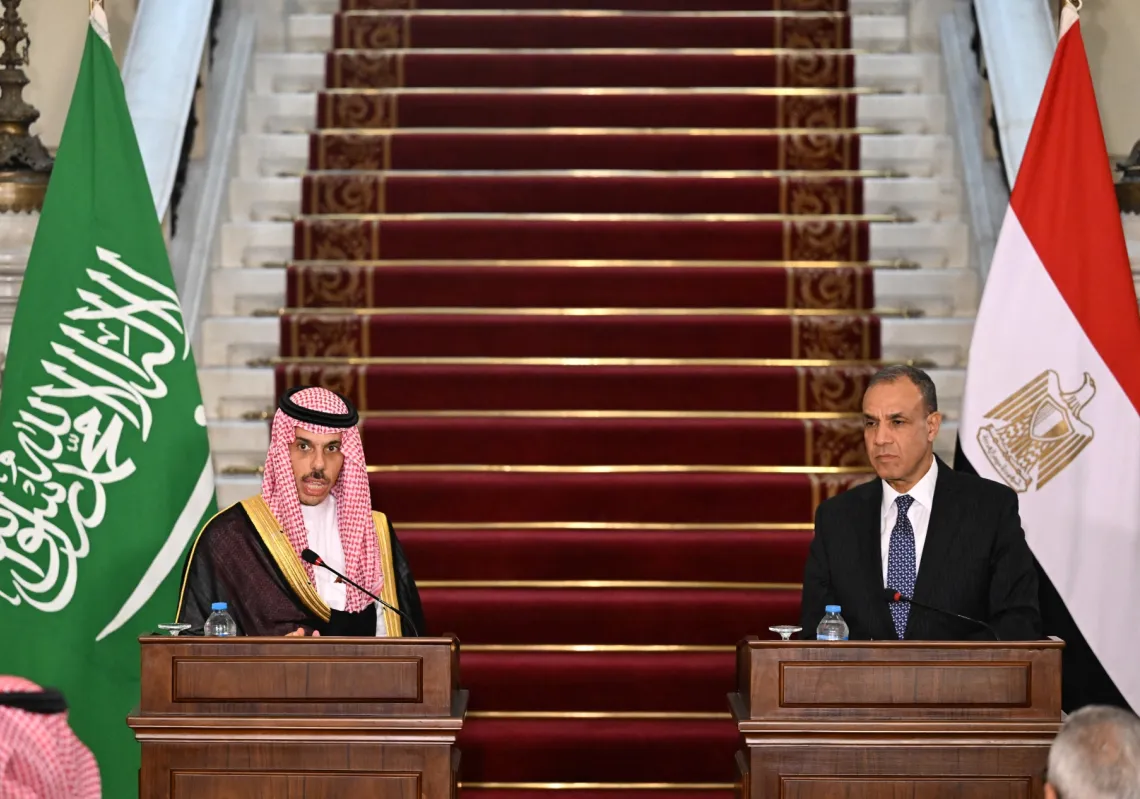Four years ago, the Islamic State’s self-proclaimed ‘caliphate’ was dealt its final defeat in the eastern Syrian village of al-Baghouz. In the years prior, the terrorist group and its territorial holdings had been subjected to a concerted international military counter-offensive, involving more than 34,500 air and artillery strikes and ground campaigns in Syria and Iraq.
Ultimately, it took nearly five years to methodically roll back IS’s ‘state’ project and by the end of it, tens of thousands of IS militants had been killed. The whole series of events served as a stark reminder of the enormous scale of what IS had managed to build — and what the international community had to then defeat.
For some, the territorial defeat of IS appeared to represent the end of a major multinational campaign. Indeed, after the victory in al-Baghouz, media and policy attention on the counter-IS fight in Syria and Iraq has dwindled.
New and complex chapter
Yet, in reality, the end of the IS ‘state’ marked the start of a new and far more complex chapter. On the one hand, IS had, by then, morphed into a covert insurgency operating in the shadows — something far more difficult to combat, requiring effective law enforcement, intelligence and special forces-like capabilities.
But on top of countering the IS insurgency, we were confronted with an unprecedented challenge — one that has received far too little public attention, but which risks guaranteeing a future IS resurgence.
When units of the Syrian Democratic Forces squared off against IS in the tiny village of al-Baghouz in early-2019, backed by US air and artillery support, there was an assumption that, soon enough, the last remnants of IS would be dead, buried under the rubble of their final stand.
But instead, as the SDF and international coalition were beginning to proclaim victory, out of al-Baghouz came wave upon wave of IS adherents — thousands of surrendering men and roughly 60,000 women and children.

The men were trucked to makeshift SDF-run prisons and the women and children funneled into an IDP camp known as al-Hol.















